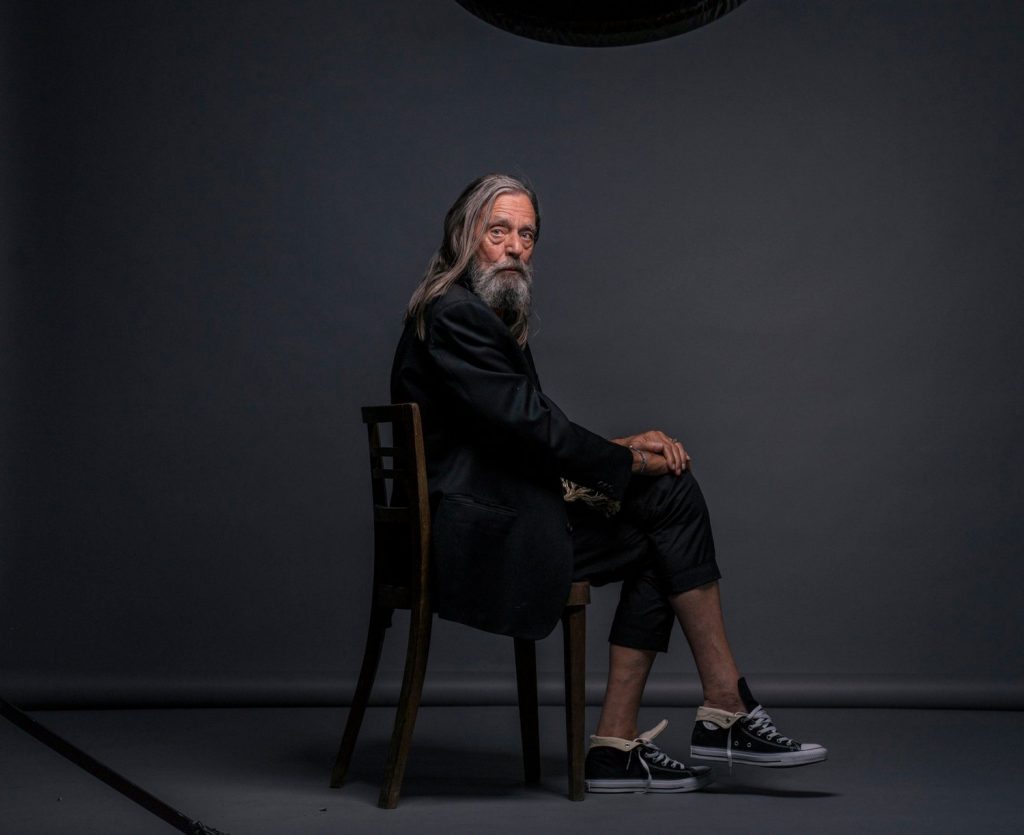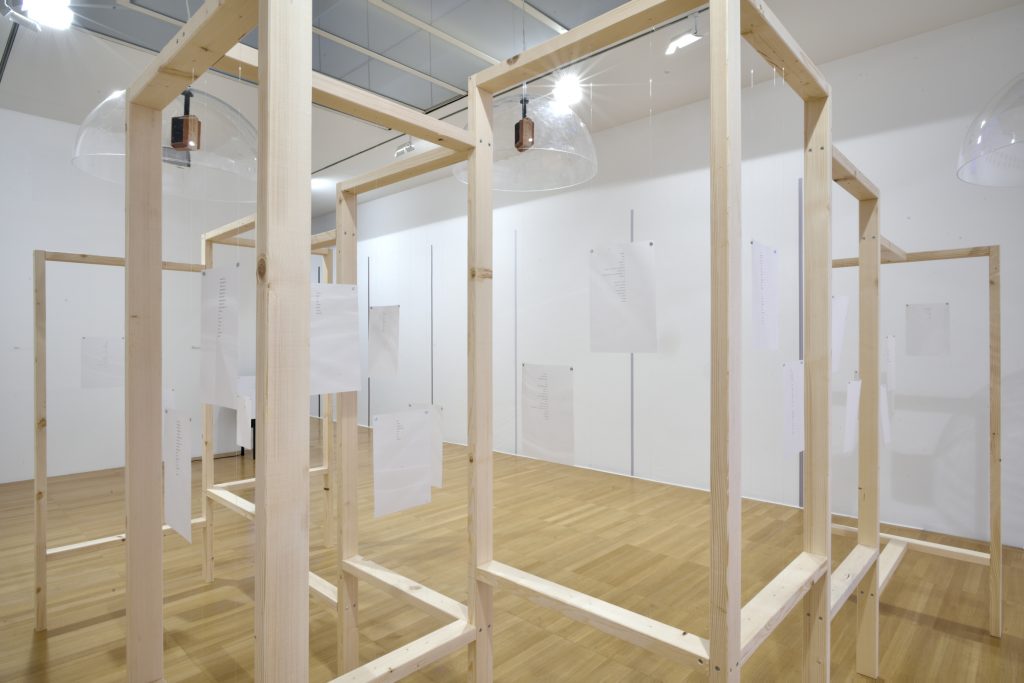
Ulay
BIO
The pseudonym of Frank Uwe Laysiepen, Ulay was a radically and historically unique artist whose oeuvre operated at the intersection of photography and the conceptually-oriented approaches of performance and body art. Between 1968 and 1971, after training as a photographer, Ulay worked extensively as a consultant for Polaroid, which inspired him to start experimenting with the analogue camera and instant photography it provided. Taking hundreds of self-portraits, each manipulated in a myriad of ways, Ulay developed an approach that was novel in both method and subject matter, using the camera as a tool to investigate and modify identity, while exploring socially constructed issues of gender. During the late 1960s and early 1970s, Ulay’s photographic approach became demonstratively performative, resulting in a long-term collaboration with Marina Abramović. Working together from 1976 to 1988, they focused on pushing the physical limitations of the mind and body. Through their Relation Works series, numerous actions and performative pieces, they became icons of performance art. After breaking with Abramović, Ulay focused on photography, addressing the position of the marginalized individual in contemporary society and re-examining the problem of nationalism and its symbols. Nevertheless, although he was working primarily in photography, he remained connected to the question of the “performative,” which resulted in his constant “provocation” of audiences through the realization of numerous collaborative projects, performances, workshops, and lecture-performances. In his later years Ulay was mostly engaged in projects and artistic initiatives that aimed to raise awareness and enhance the understanding and appreciation of water.
WORK AT THE EXHIBITION


Aphorisms, 1970–1973 / 2017–2019
typescript on paper, sound
The first period of Ulay’s artistic activity (1968–1976) was characterized by a number of self-portraits, performances, and aphorisms. These presented a raw, non-aestheticized, immersive exploration of issues revolving around identity, gender, and the body as both a personal and communal object. His self-exploration of the human psyche and body is also seen in Aphorisms (1970–73), a series of 200 collage and concrete poetry works showing Ulay’s striking relationship with language and illuminating his idea of an androgynous self and his search for spiritual completion. Based on this extraordinary body of work, Ulay created a new sound installation between 2017 and 2019.